Image Archive










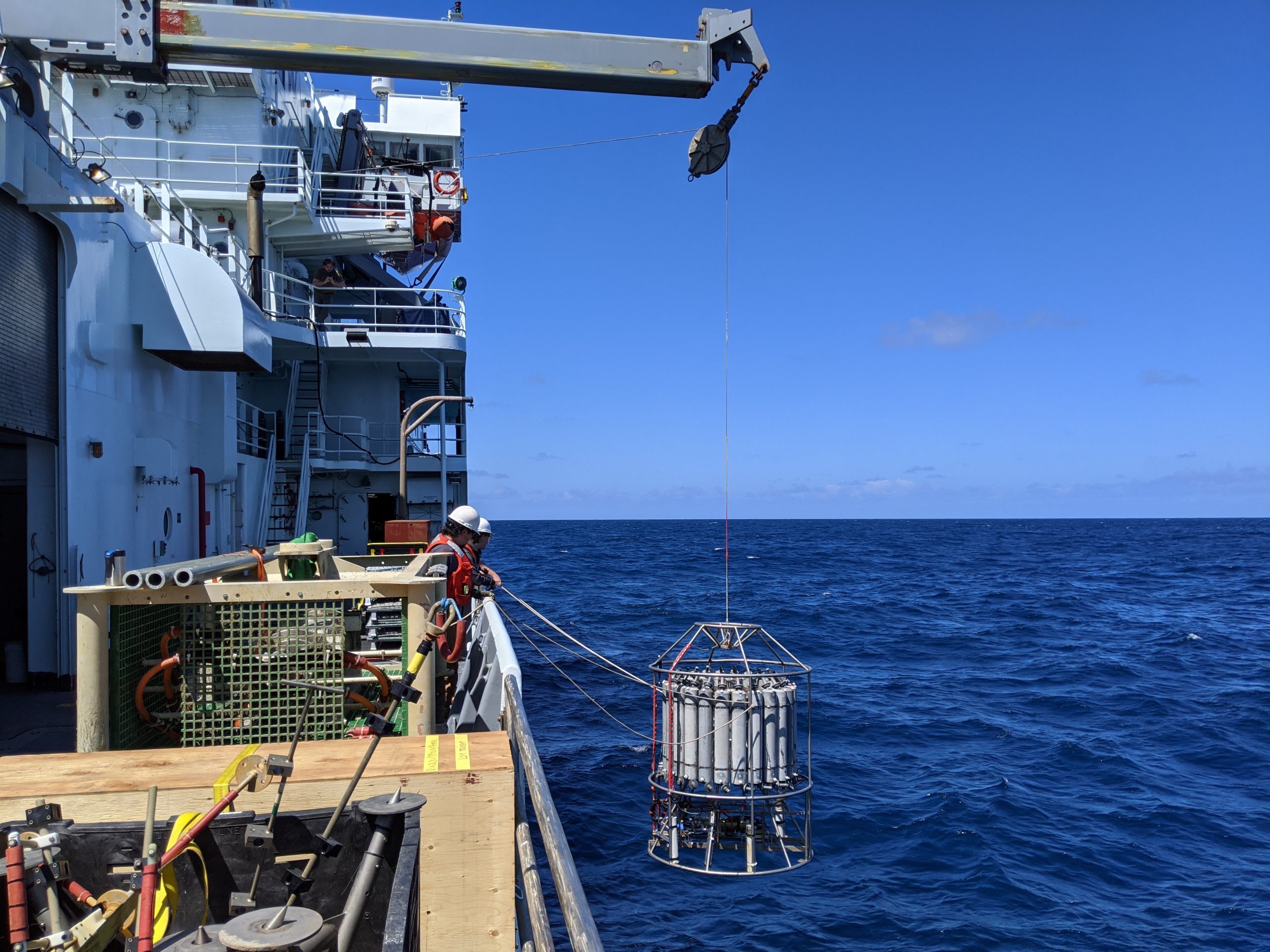


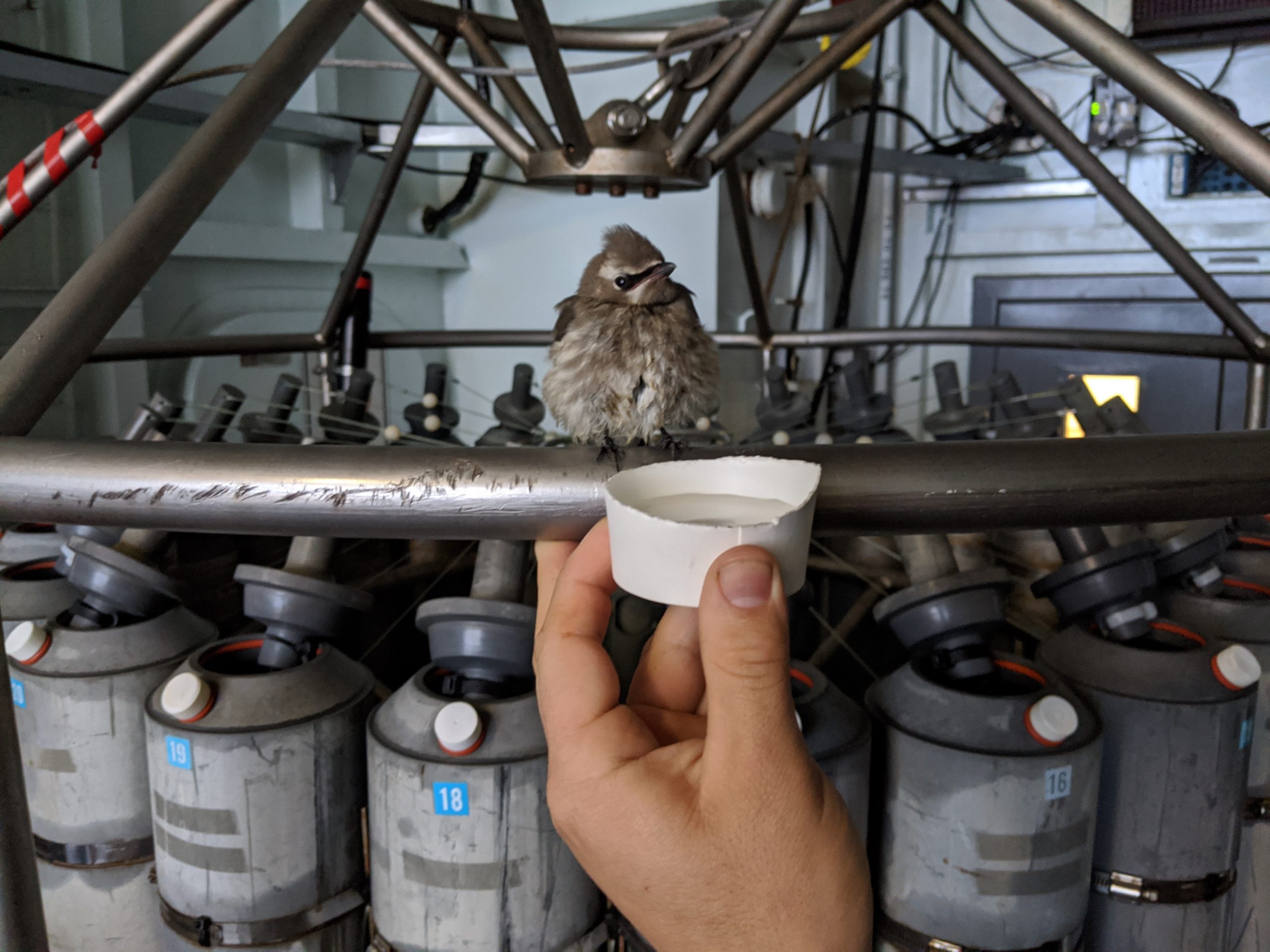



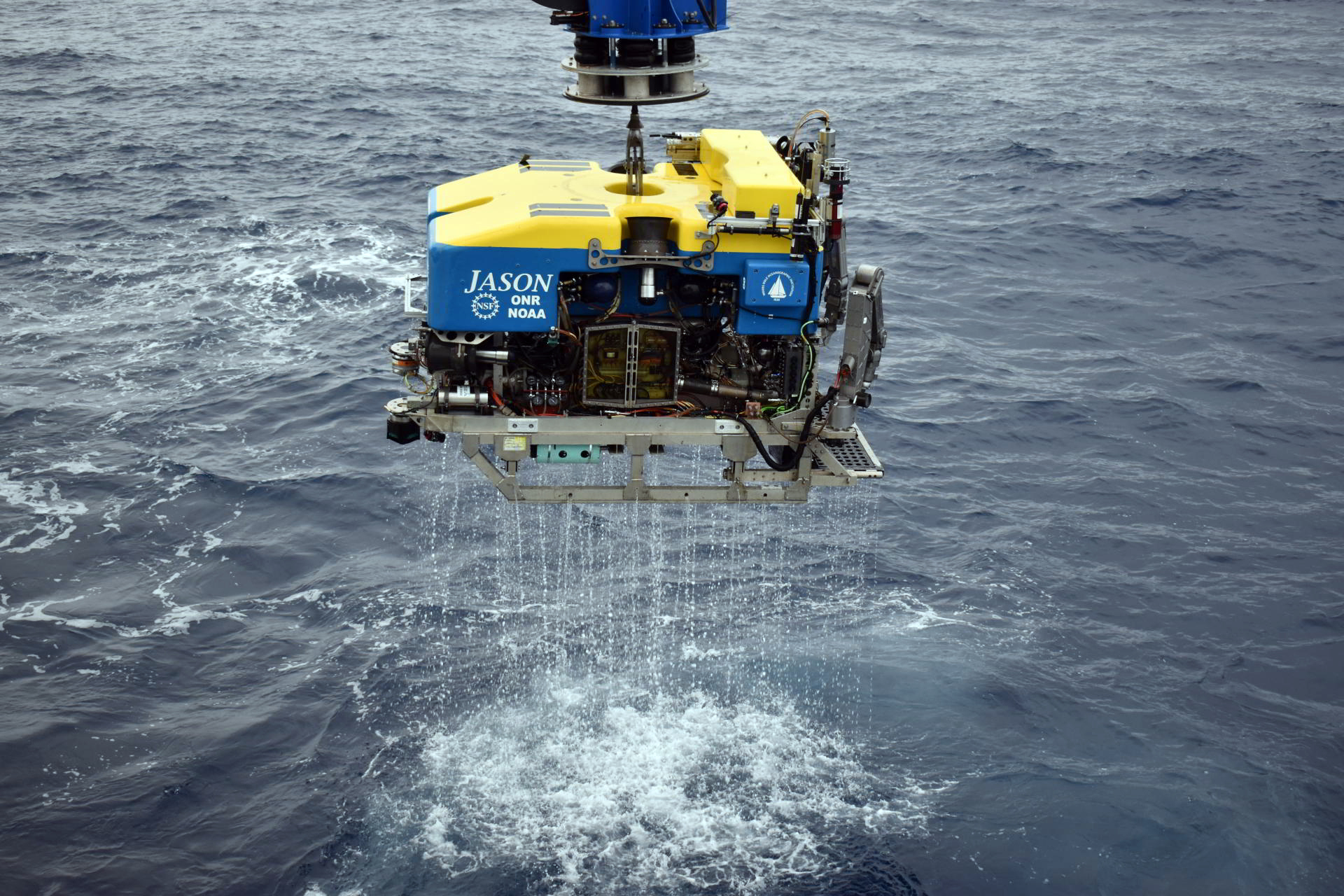






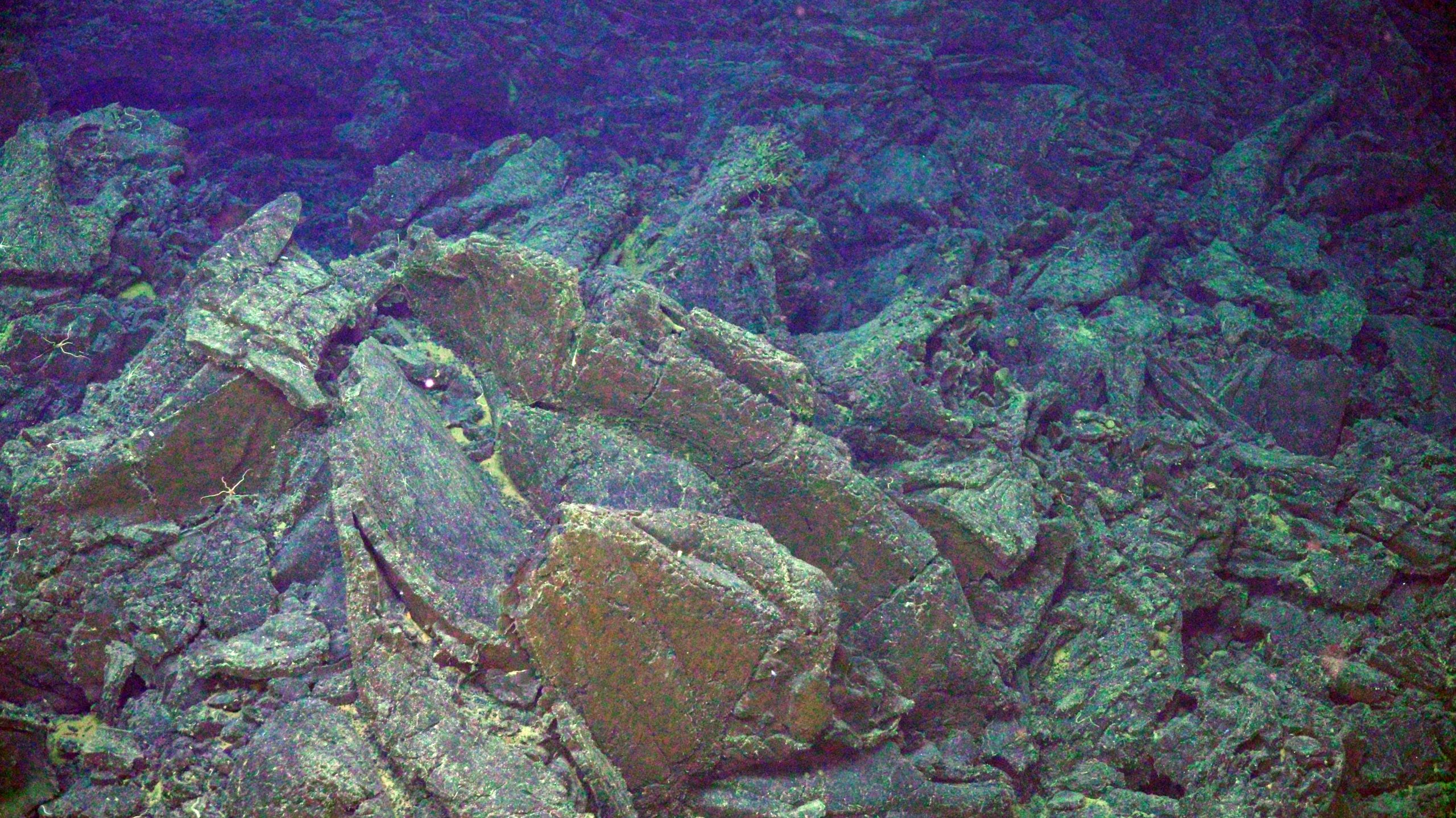

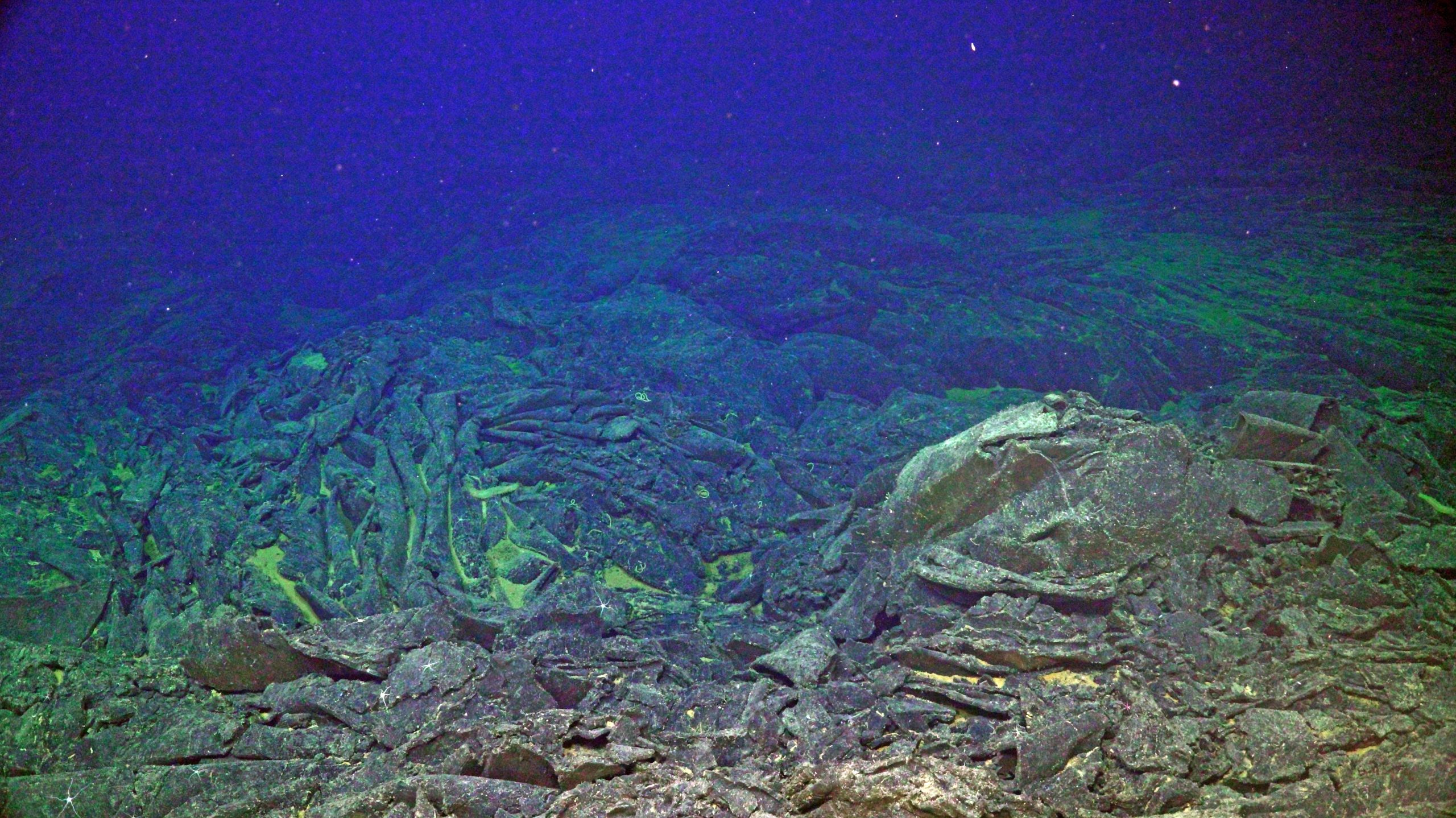


Steve samples ocean water taken during the RCA cruise for chlorophyll (a green photosynthetic pigment) analyses. Credit: M. Elend, University of Washington.

A 'Big Red' Jellyfish swims past Jason at the Slope Base site ~ 68 miles offshore. Credit: UW/NSF-OOI/WHOI. V20.

Small fish hover around the top float for the Deep Profiler Mooring at Slope Base. Here, Jason removes the acoustic beacon following cleaning of the mooring cable.

Crabs have taken "roost" in Primary Node PN1B. Credit: UW/NSF-OOI/WHOI. V20

Crabs swarm Primary Node PN1B. Credit: UW/NSF-OOI/WHOI. V20

The ROV Jason prepares to open the doors to Primary Node PN1B, which in addition to providing power and bandwidth to the RCA, serves apparently as a crab house. Credit: UW/NSF-OOI/WHOI. V20.

The ROV Jason emerges from the NE Pacific following its dive at the summit of Axial Seamount (1500 m). Credit: M. Elend, University of Washington, V20.

A beautiful sunrise greats Co-Chief Scientist Brendan Philip during Leg 2 of the VISIONS'20. Credit: B.Philip, University of Washington. V20.

Th R/V Thompson in the NE Pacific on a beautiful evening - it's great to be a sea. Credit: I. Borchert, University of Washington, V20.

Jason is recovered onto the R/V Thompson with a digital still camera in the undervator. Credit: I. Borchert, University of Washington, V20.

A CTD rosette, with Niskin bottles open for sampling, is lowered over the side of the R/V Thompson. Credit: I. Borchert, University of Washington. V20

Looking down on the top of the CTD rosette onboard the R/V Thompson. Credit: I. Borchert, University of Washington. V20.

The Deep Profiler is secured into the 'clam shell' on the front of the ROV Jason. Credit: I. Borchert, University of Washington, V20.

Supporting a young Cedar Waxwing that is resting atop the CTD rosette onboard the R/V Thompson. Credit: I. Borchert, University of Washington, V20.

A smorgasbord is provided to a young Cedar Waxwing onboard the R/V Thompson during VISIONS'20. Credit: I. Borchert, University of Washington, V20.

A Cedar Waxwing watches Jason onboard the R/V Thompson during VISIONS'20. Credit. I. Borchert, University of Washington. V20

A Cedar Waxwing rests atop an RCA platform on the fantail of the R/V Thompson. Credit: M. Elend, University of Washington, V20

Jason emerges from a dive atop Axial Seamount (1500 m). Credit: M. Elend, University of Washington. V20

UW Oceanography undergraduate Katie Gonzalez and Queens College undergraduate, Steve Karaduzovic, look out to sea at the beginning of Leg 2 on the VISIONS20 cruise. Credit: M. Elend, University of Washington. V20.

The fantail of the R/V Thompson is loaded with BEP's. junction boxes, and a sonar on Leg 2 of VISIONS20. Credit: M. Elend, University of Washington. V20

Jason moves into position to clean the Deep Profiler cable at Slope Base. The instrumented DP vehicle is in the background. Credit: UW/NSF-OOI/WHOI; V20.

The medium powered junction box MJ03E is moved into position for latching into with Jason. Credit: UW/NSF-OOI/WHOI:V20.

The medium powered junction box at the Eastern Caldera site sits atop lobate flows at Axial Seamount. Credit: UW/NSF-OOI/WHOI.V20

Ribbons of lava mark a jumbled sheet flow in the International District Hydrothermal Field. Credit: UW/NSF-OOI/WHOI.V20.

Broken basaltic lava marks a jumbled sheet flow on the east side of Axial Caldera. Credit: UW/NSF-OOI/WHOI.V20.

Fragmented piles of basaltic lava mark a recent eruption at the summit of Axial Seamount. Credit: UW/NSF-OOI/WHOI. V20.

A jumbled sheet flow marks rapid effusion of lava at the summit of Axial Seamount. Credit: UW/NSF-OOI/WHOI: V20.

A spider crab explores a small collapse pit floored by glass lava talus on the summit of Axial Seamount. Credit: UW/NSF-OOI/WHOI: V20.
- Anemone
- Animal
- Arthropod
- ASHES
- Axial
- Axial Base
- Axial Biology
- Axial Caldera
- Bacteria
- Basalt Lava
- BEP
- Biofouling
- biolgoy
- Biology
- Camds
- Camera
- Camhd
- Central Caldera
- Ciliates
- Cnidaria
- Coastal Biology
- Crab
- Deep Profiler Mooring
- Dive Highlights
- Eastern Caldera
- Echinoderms
- Endurance Array
- Engineering Team
- ENLIGHTEN 10
- Exploratorium
- Fish
- Geology
- HD Camera
- HPIES
- Hydrate Ridge
- Hydrates
- Hydrophone
- Hydrothermal Vents
- Illustration
- Inshore 80 Meters
- Instrument
- International District
- J-BOX
- Jason
- Jellyfish
- Junction Box
- K12
- Lava
- Mollusk
- Moorings
- Nodes
- Nudibranch
- Octopus
- OOI
- Oregon Offshore
- Oregon Offshore 600 m
- Oregon Shelf
- Oregon Slope Base
- People
- PN1B
- PN1D
- Polychaetes
- PPSDN
- Primary Node
- RASFL
- ROCLS
- ROPOS
- ROPOS Dives
- ROV Team
- RV Revelle
- RV Sikuliaq
- RV Thompson
- Salp
- Sample
- SC13
- Science Team
- Sea Cucumber
- Sea Star
- Sea Urchin
- Seafloor
- Seismometer
- Sensors
- Shallow Profiler Mooring
- Shark
- Shipboard
- Shore Station
- Slope Base
- Smoker
- Soft Coral
- Southern Hydrate Ridge
- Sponge
- Squid
- Students
- Students & Guest Participants
- Tmpsf
- Tubeworms
- VISIONS 11 Leg 1
- VISIONS 11 Leg 2
- VISIONS 11 Viewers
- VISIONS 13
- VISIONS 14
- VISIONS 15
- VISIONS 16
- VISIONS 17
- VISIONS 18
- VISIONS 20
- VISIONS 22
- VISIONS 23
- Visualization
